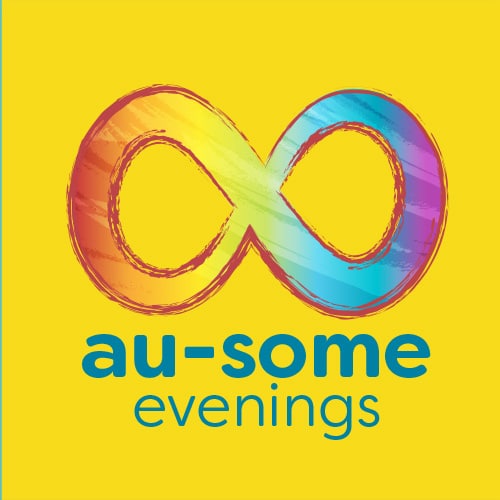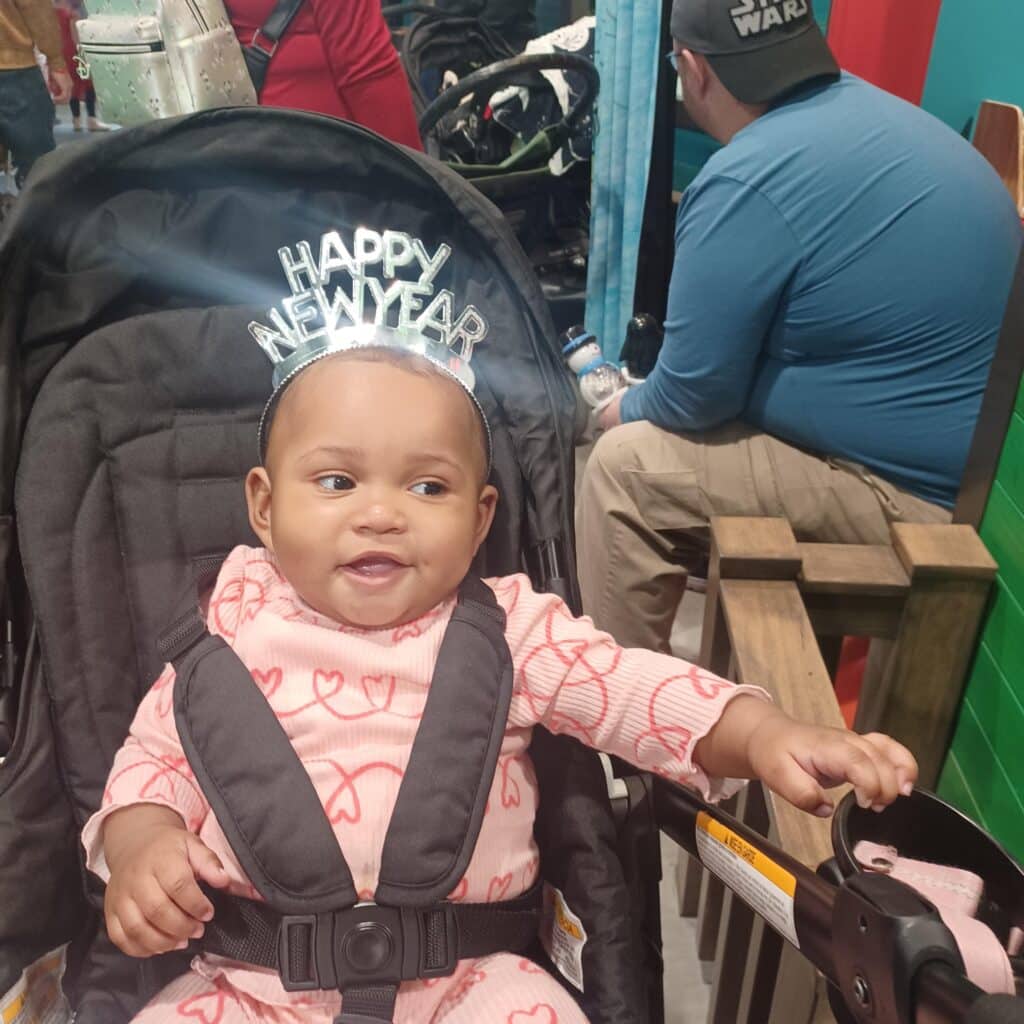By Lisa Chrapowicz, Director of Strategic & Community Initiatives
Dear Friends,
How many things do you read in one day? It goes without saying that smartphones have given us access to a wealth of information at our fingertips. You have most likely read a news article on social media within the last day or so. But when did you last read a book…for fun?

We may hear children say that they dislike reading and yet adults say they can’t find the time or motivation to read. Since February is “I Love to Read” month, we think it’s important to understand why reading needs to be a bigger part of your day, no matter what your age.
As parents, it can be challenging to find the time to fit in household responsibilities along with things we would like to do with our children. However, taking at least a short time out of your day to read to your children should be a priority. Reading to your child at an early age sets them up for success.
There may be days where there is simply too much going on to make the time to read with your child. If this happens do not get discouraged. If you don’t think you’ll be able to keep a reading routine, consider getting your child to help.
For example, share with your child that you have a goal of how many books you want to read together in one month. After setting the goal, mention to your child that if this goal is reached there will be a reward for both of you to do something fun together, such as visiting Explore & More!
By mentioning this goal to your child, you will feel more accountable to develop the habit or complete the goal.
By getting your child more involved, it makes them look forward to reading and they may take initiative, as well. For example, instead of you initiating story time, your child may remind you that it’s time to read.
Perhaps the best time to plan to read with your child is before bed to give them time to calm down so they can fall asleep easier. It also makes it simpler to get them away from the screens before bed.
Ultimately, we know that children follow the example of those that they are around most. Therefore, if you want your child to read, you must be a role model and take the time to do so yourself.
Explore & More is a great place to play AND read!
Our seven educational play zones offer hands-on exhibits that tell the unique story of Buffalo and what makes us proud to be from Western New York. Each of these areas provides a variety of theme-related books for our visitors to read and enjoy.
It starts with intention, adding a little focus (like, “I Love to Read” month) and ends with each of us seeking reading to connect with ourselves and those around us. What are some of your family’s favorite books to read together?
Feel free to share your pictures of reading time at home and/or at the museum on our Facebook page, tag us on our new Instagram account or send us a tweet.
Best regards,
Lisa Chrapowicz




